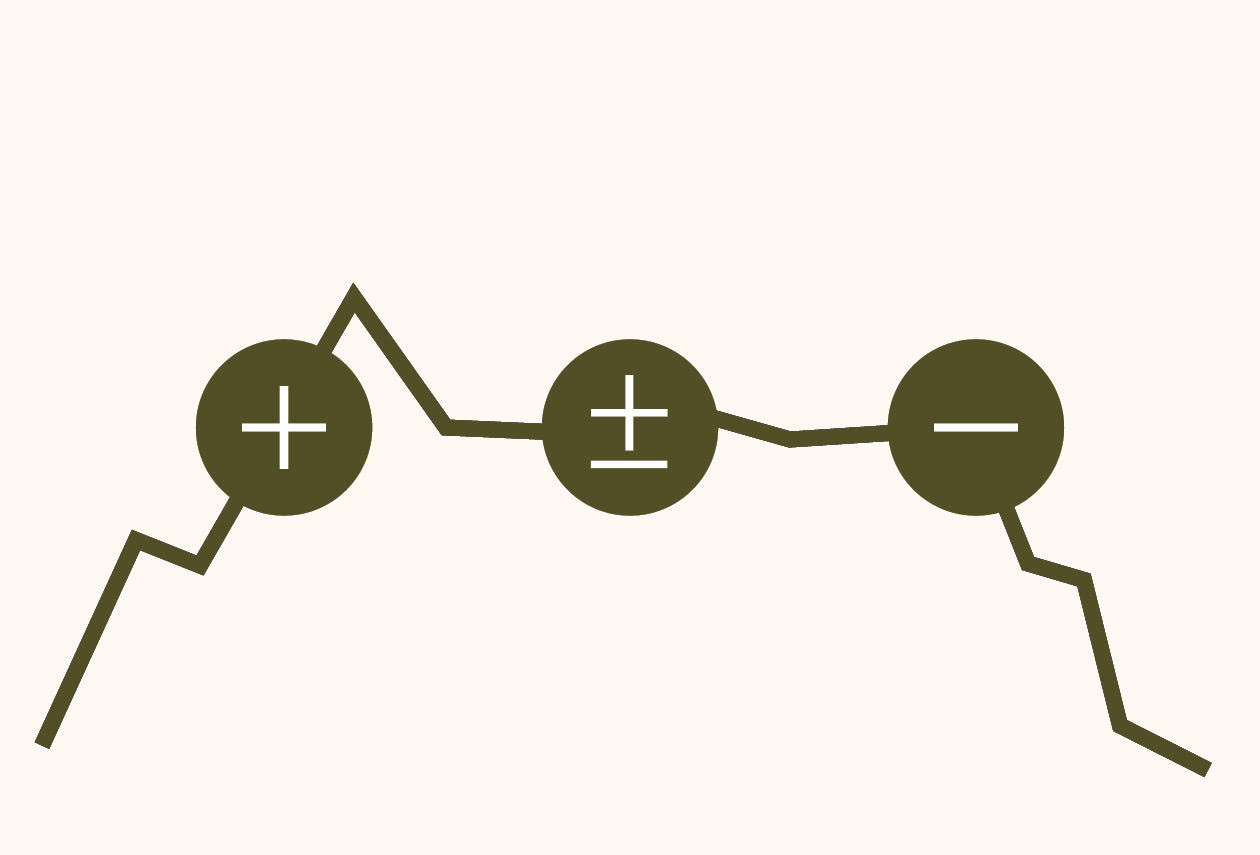Early March marked one year since the World Health Organization’s declaration of the COVID-19 pandemic. Now, the economy is recovering as vaccine distributions have exceeded expectations thus far for the year. At the end of May, about 41% of the U.S. population had received both doses of the COVID-19 vaccine, and over 50% had received at least one. Other key drivers in the progression of the U.S. economic recovery are the proposed fiscal and monetary policy plans from President Biden that were announced in the first quarter. The hope of future stimulus has boosted investor and consumer confidence.
Small companies were among the best performers during the first half of this year. There was also a significant shift with value stocks outperforming growth stocks. Many struggling investment classes and sectors were able to outperform as the economy started to pick back up again. The energy sector was the best performer, followed by the financial sector. Equities outside the U.S. trailed during the first half of the year. The forward 12-month P/E ratio for the S&P 500 Index remained high, signaling that stocks are still well above average valuations. The bond market was unusually weak for the first half of the year amid rising interest rates. The rise in rates was the most significant move since the start of the pandemic, and as these interest rates rose, bond prices dropped. With this, inflation expectations have also increased.
We will continue to position our portfolios for higher inflation, but we believe it will emerge in fits and starts over the next few years. Also, as inflation becomes more widely anticipated, asset prices will increasingly reflect that expectation. As a result, the potential gains of investing according to this belief will decrease, while the associated risks will increase. It is worth noting that inflation becomes likely only if monetary and fiscal stimuli continue consistently, which takes time. With this in mind, investors should focus on maintaining diversified portfolios of investments that anticipate a broad range of outcomes.
-
Earnings
Corporate earnings are projected to grow this year given the improving economy and the reopening of businesses. As economic activity picks up and consumer confidence increases, earnings are likely to keep gaining momentum.
-
Valuations
U.S. stock prices remain high. With market growth continuing to reach new highs, stocks do not appear cheap, given that forward 12-month P/E ratios are well above their 5-year and 10-year averages.
-
Consumer Confidence
Overall, consumer confidence remains low but is starting to gain some momentum with the vaccine distributions this year. Additionally, the anticipation of further fiscal and monetary policies could boost consumer confidence.
-
Business Confidence
Business confidence is improving with the reopening in the U.S. and exceedingly productive vaccine distribution. Even so, while many restrictions have been lifted, some businesses remain unable to work.
-
Monetary Policy
Short-term interest rates remain at nearly zero. The Fed has released a series of sizable programs to support the functioning of financial markets and the flow of credit, and it plans to continue to do so in the near term.
-
Fiscal Policy
Fiscal policy is providing trillions of dollars to support the U.S. economy during this time of instability, with talk of more to come. While helpful, repeated stimulus has longer-term economic consequences like ballooning federal deficit and the potential for higher tax rates.
-
Credit Conditions
Credit conditions have been improving for corporations and consumers. There is an expectation of a rebound as we progress through the year. Consumers can anticipate having more access to credit than was available during the pandemic.
-
Volatility
Volatility has declined this year, although there are pockets of high volatility in various market segments. Overall, the economic recovery has aided in the steady stream of performance in the markets.
The opinions and analyses expressed in this communication are based on RMB Capital’s research and professional experience and are expressed as of the mailing date of this communication. Certain information expressed represents an assessment at a specific point in time and is not intended to be a forecast or guarantee of future results, nor is it intended to speak to any future time periods. RMB Capital makes no warranty or representation, express or implied, nor does RMB Capital accept any liability, with respect to the information and data set forth herein, and RMB Capital specifically disclaims any duty to update any of the information and data contained in this communication. The information and data in this communication do not constitute legal, tax, accounting, investment, or other professional advice. An investment cannot be made directly in an index. The index data assumes reinvestment of all income and does not bear fees, taxes, or transaction costs. The investment strategy and types of securities held by the comparison index may be substantially different from the investment strategy and types of securities held by your account.
Index Descriptions
The S&P 500® is widely regarded as the best single gauge of large-cap U.S. equities. There is over USD 7.8 trillion benchmarked to the index, with index assets comprising approximately USD 2.2 trillion of this total. The index includes 500 leading companies and captures approximately 80% coverage of available market capitalization.







